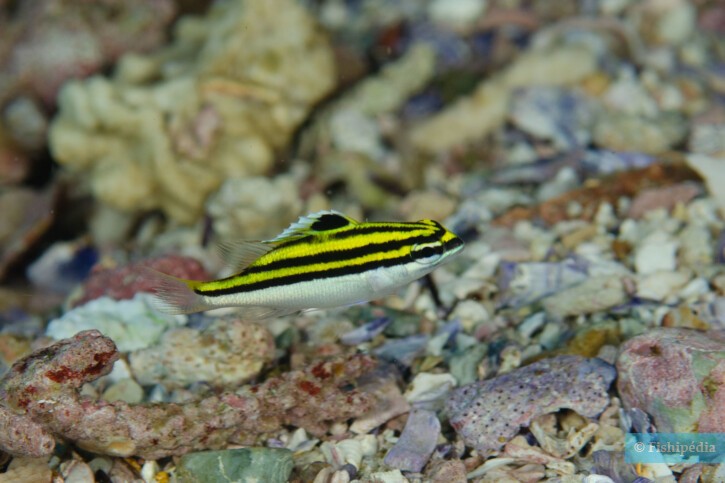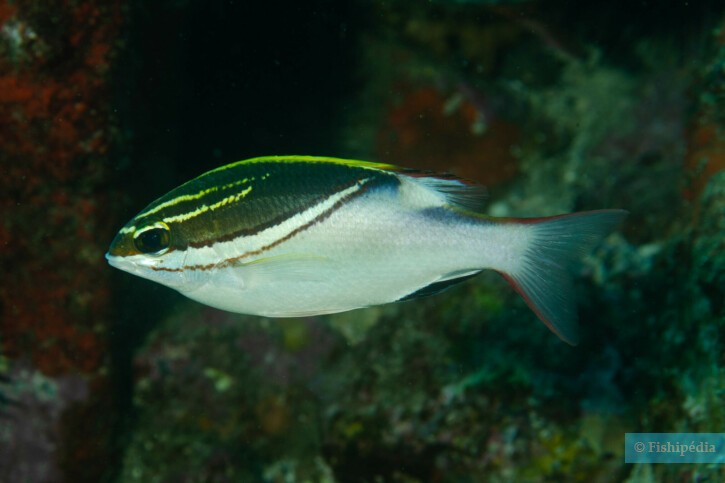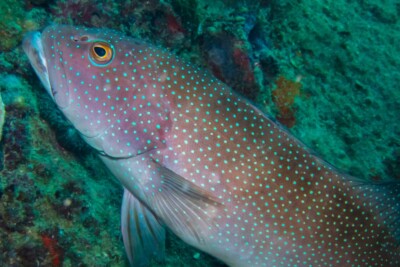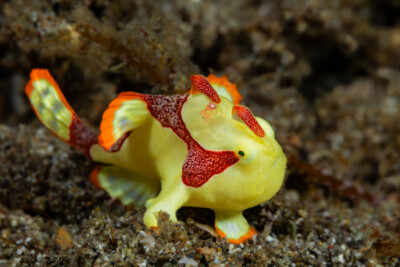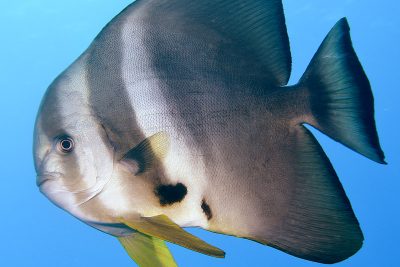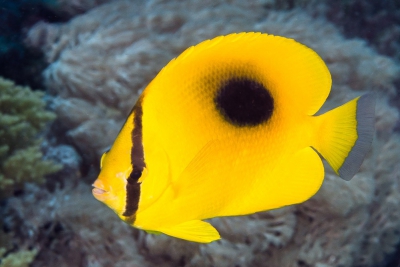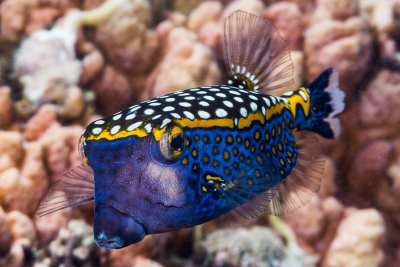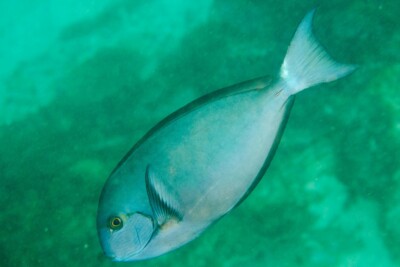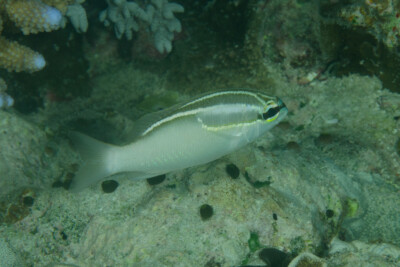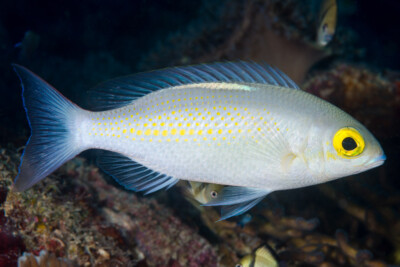two-lined monocle bream
| Family | Nemipteridae |
|---|---|
| Genus | Scolopsis |
| IUCN category (World) | LC |
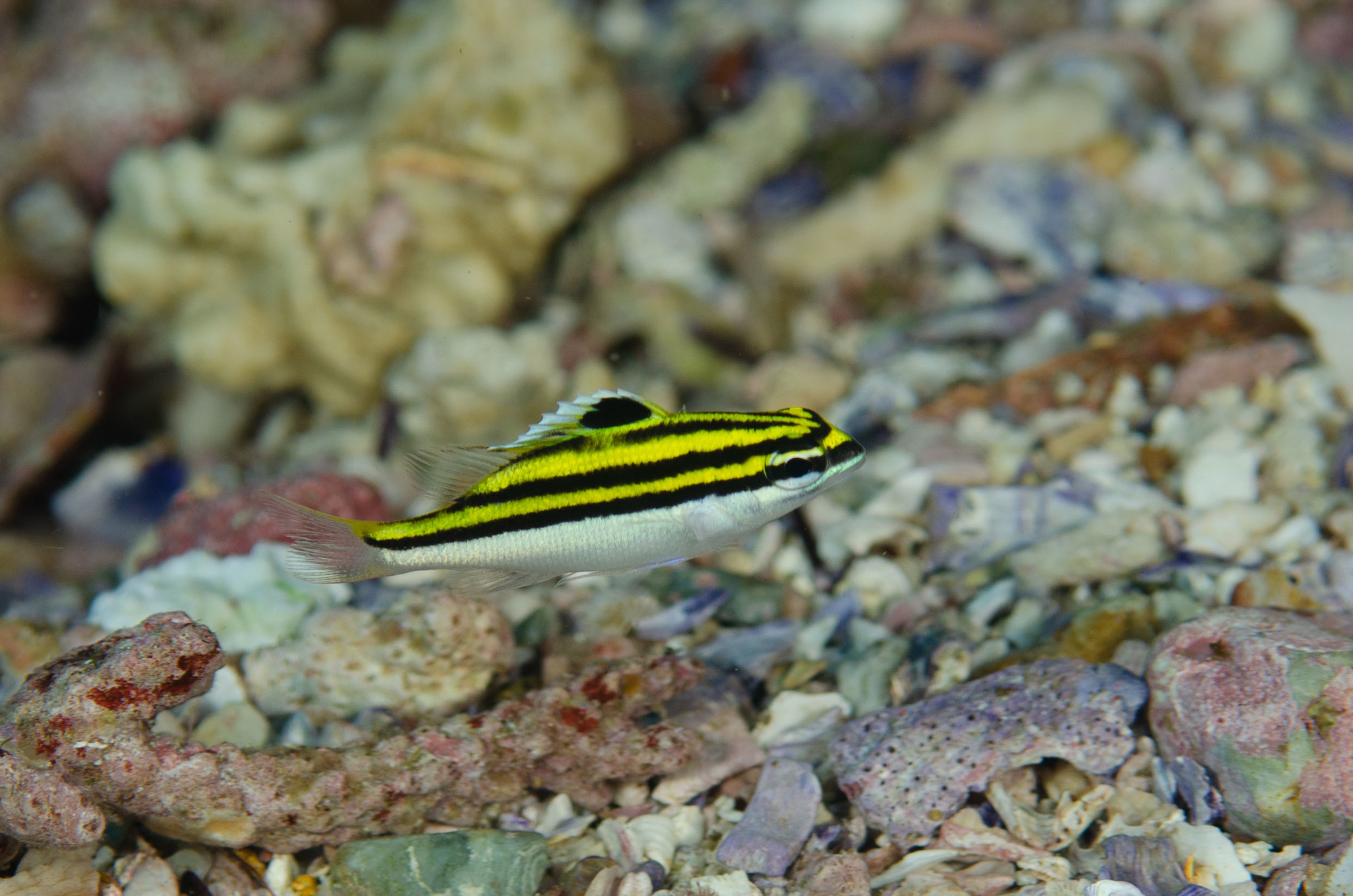

Introduction
Scolopsis bilineata, commonly known as the two-lined monocle bream, is a fish of the Perciformes order. Juveniles of Scolopsis bilineata exhibit mimicry to resemble the striped poison-fang blenny Meiacanthus grammistes.
This sheet is currently being prepared. The texts currently proposed come from our data model or are being drafted. To request priority for this content, you can write to us HERE.
Who is it?
Genus Scolopsis
In 2023, the genus Scolopsis comprises 18 species recorded in the tropical and subtropical regions of the Indian and Pacific Oceans. These fish, often referred to as "Scolopsis" generically, display a variety of appearances and habitats.
Scolopsis are opportunistic predators that primarily feed on benthic invertebrates (polychaetes, brittle stars, aquatic worms, and small crustaceans). Juvenile fish feed during the day, while adults exhibit nocturnal habits and primarily hunt at night. During the day, adults hide, venturing out to forage above sandy banks.
Their body shape is oval, with several species featuring a diagonal band that separates the typically white belly from the patterns on the upper part of their bodies.
Different species of Scolopsis occupy a range of habitats, from mangroves to coral reefs. Some are found in shallow waters near coastlines, while others prefer deeper reef areas.
Many Scolopsis species are categorized as protogynous hermaphrodites, meaning they are born as females and can transition to males as they grow. However, there are variations and exceptions to this pattern, and not all females necessarily change their sex.
As of now, none of the Scolopsis species are considered threatened. Although Scolopsis bilineata occasionally appears in small numbers at local fish markets, there is no targeted fishery for them. Live specimens are sometimes captured for the aquarium trade.
Morphology
-
Average size14 cm
-
Maximum size25 cm
-
Average size14 cm
-
Maximum size25 cm
How to recognize This fish ?
Scolopsis bilineata has an oval body shape. Its head and back are dark gray, with a diagonal white stripe bordered by black that separates the dark area from the mostly whitish body. It also features three distinct yellow bands on the top of its head.
The caudal peduncle is well-defined, with a clear spot just ahead of the dorsal fin. The single dorsal fin of this fish is yellow in the hard ray portion, creating a yellow border on the upper part of its body when the fin is folded. The upper part of the soft rays of the dorsal fin is dark violet.
The color pattern of juveniles is similar to that of the striped poison-fang blenny Meiacanthus grammistes. They are tricolored, white on the belly, and the body is covered with an alternation of three black bands and two yellow bands.
Sexual dimorphism
We do not have information about the dimorphism of this species.
Behaviour & Life cycle
-
dietcarnivorous
-
Sociabilityliving in a group or alone
-
territorialNo
-
Way of livingnocturnal
This fish is commonly encountered in coral reefs, where adults often live in pairs. Juveniles, on the other hand, are found in shallow waters in lagoons or debris areas.
Scolopsis bilineata is a small-sized predator more active during the night. It hides near sandy areas to hunt, primarily small fish and benthic invertebrates.
Reproduction
-
Reproductionovipare qui pond en eau libre
-
Hermaphroditeprotogynous
Scolopsis bilineata appears to be a protogynous hermaphrodite. Reproduction takes place in open water.
Harmless species
This species does not represent any particular threats to humans when encountered in its natural environment.
Origin and distribution
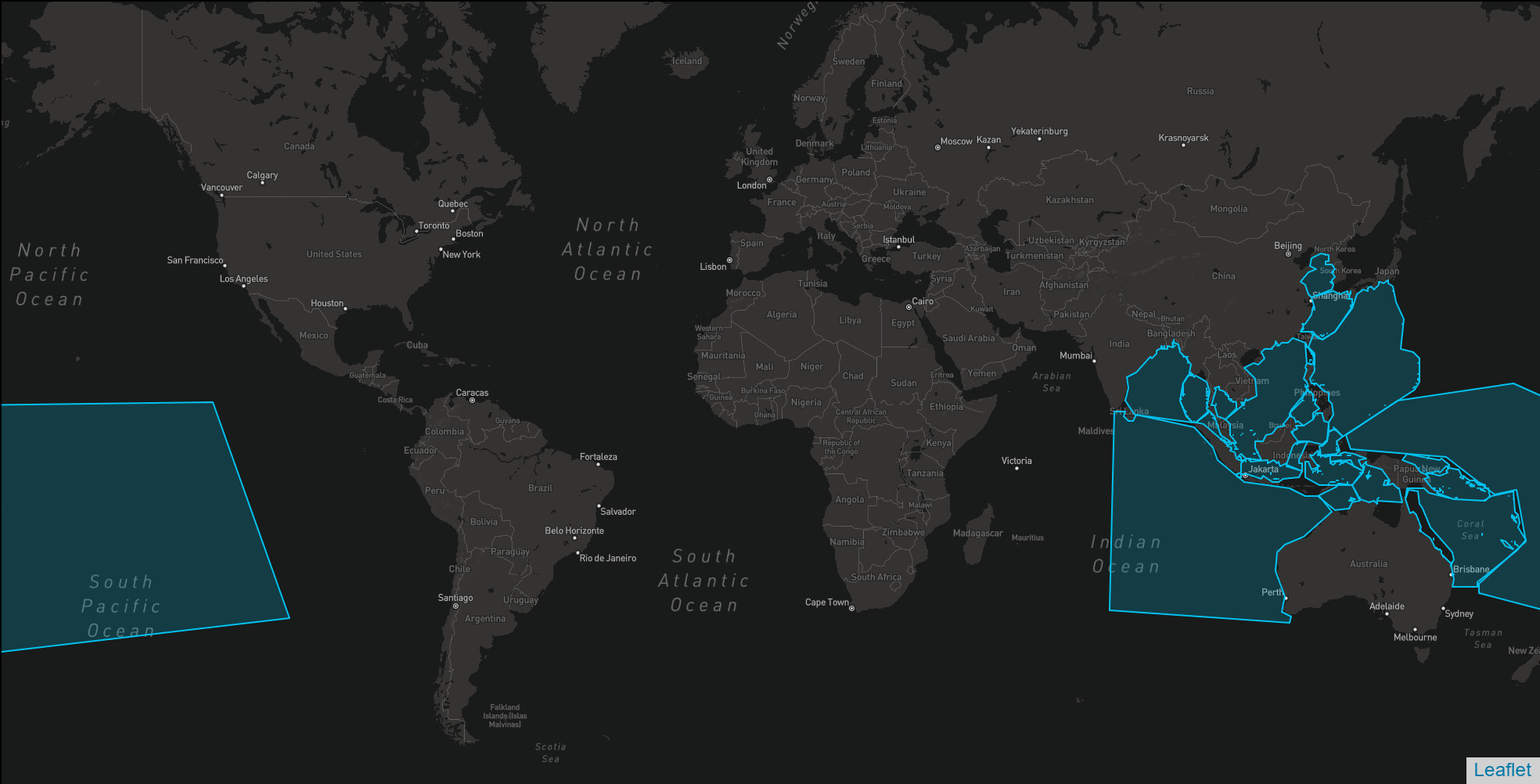
Geographic distribution & Conservation
Scolopsis bilineata is found in a wide distribution area, from the Maldives to Fiji and southern Japan, extending to Lord Howe Island in its southernmost distribution. It has also been recently recorded in Tonga.
Conservation status of populations (IUCN)
What is its habitat?
Natural environment characteristics
-
Temperature26 - 30 °C
-
Depth1 - 20 m
Biotope presentation
This fish inhabits the sandy and debris fringe of coral reefs. It is more abundant in areas covered with corals than in algae-covered areas.
Species of the same biotope
To go further
Sources & Contributions
Participation & Validation
The Fishipedia team and specialist contributors are committed to providing high-quality content. However, although the information comes from scientific sources or testimonials from specialists, the cards may contain inaccuracies.

Benoit Chartrer
Translation
Translation done with the valuable contribution of our translators, who make this information available to a wider audience. We sincerely thank them for their commitment.
Scientific partners
Tags
#Nemipteridae
#Scolopsis
#barrière de corail
#Fonds de galets
#fonds rocheux
#fonds sablonneux
#zone mixte
#zones d'algues et de détritus végétaux
#Bay of Bengal
#Great Barrier Reef
#East China Sea
#Philippine Sea
#South East Asian Seas
#Indonesian seas
#East Indian Ocean
#Western Tropical Pacific Ocean
#Bali
#Lombok
#New Caledonia
#Nusa Penida
Same genus
Species of the same biotope
